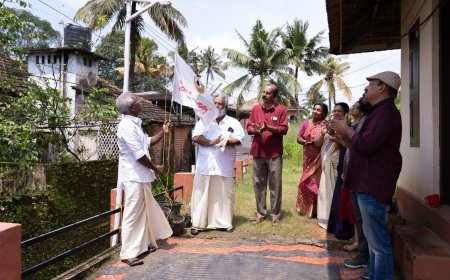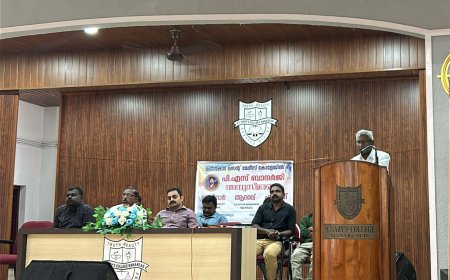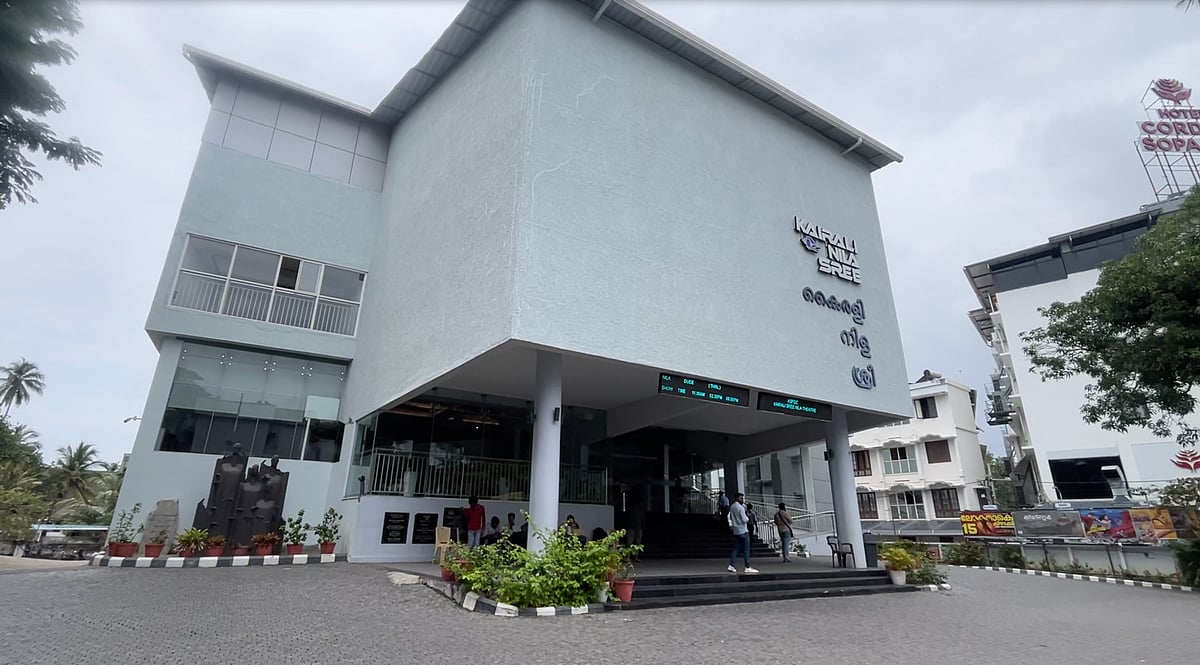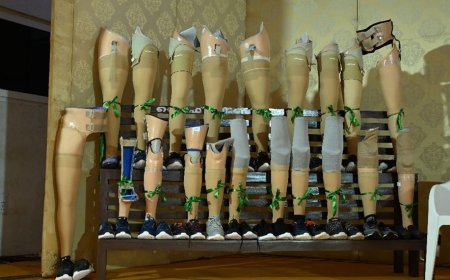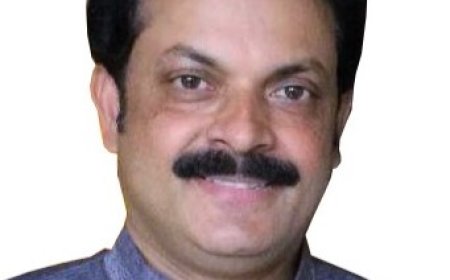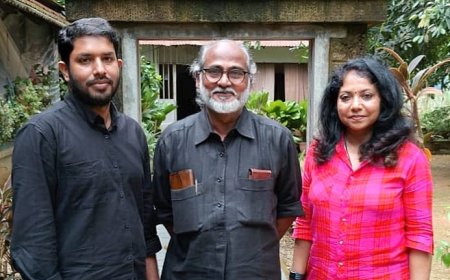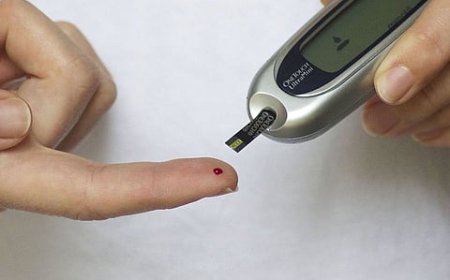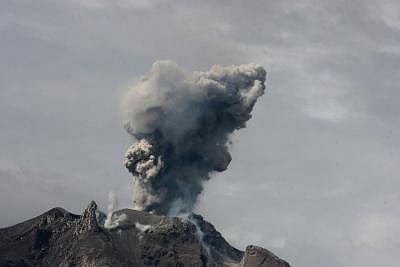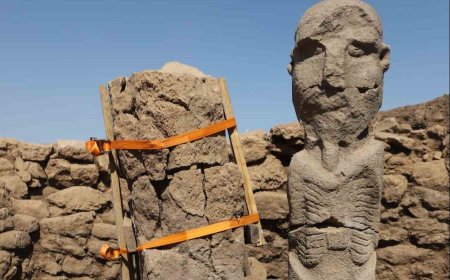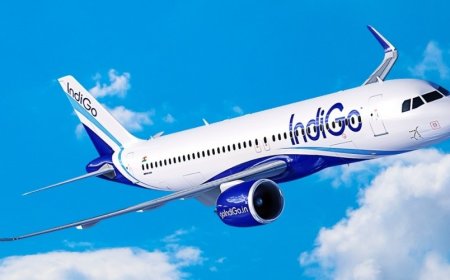Dubai to launch trackless tram to ease traffic congestion
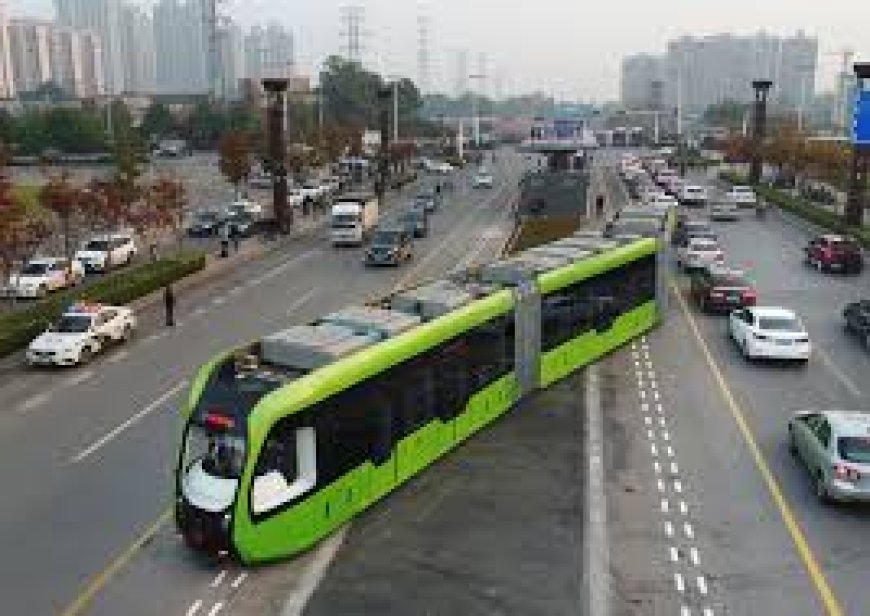
THE Roads and Transport Authority (RTA) is steering Dubai further into the future of mobility with the unveiling of its Trackless Tram project.
The next-generation tram, which operates without fixed tracks, uses optical navigation, GPS, and LiDAR technologies to follow virtual routes with remarkable precision.
Powered by AI, the system autonomously detects obstacles and adjusts its path in real time, offering a flexible, sustainable, and cost-efficient alternative to traditional rail systems.
Dubai’s Trackless Tram will add a new dimension to the emirate’s advanced public transport system, which already includes the Dubai Metro, one of the world’s most efficient driverless metro networks, and the Dubai Tram, the first tram system outside Europe powered by a ground-based electric supply. Together, these systems form the backbone of a smart and integrated mobility network that continues to evolve in step with Dubai’s vision for a sustainable, connected, and tech-driven future.
Mattar Al Tayer, Director General and Chairman of the Board of Executive Directors of RTA, said the Trackless Tram embodies Dubai’s ambition to lead the world in smart, sustainable public transport. The details of the trackless tram project in Dubai will be announced soon.
“From the Trackless Tram to aerial taxis, we are creating an interconnected ecosystem where technology anticipates needs, enhances safety, and delivers a seamless, sustainable travel experience,” he said.
Easing traffic: RTA opens new bridge to cut travel time to Mall of the Emirates
“This innovation marks a qualitative leap in mobility — an adaptable, autonomous solution that integrates seamlessly with city traffic while supporting our vision for a smarter, happier, and more sustainable Dubai,” he said.
According to RTA, the trackless tram would be deployed at eight locations across Dubai. Unlike the existing tram system, which runs on tracks, this self-driving tram system operates on virtual tracks, guided by cameras that follow painted lines on dedicated lanes. Powered by electricity, it offers a more sustainable alternative with lower costs and quicker construction timelines compared to traditional trams.
Key features
Each tram will have three carriages, accommodating up to 300 passengers.
It will reach a top speed of 70 km/h, with an operational speed ranging from 25 to 60 km/h.
A single charge will enable the tram to cover a distance of up to 100 km.
AI-powered future of transport
RTA’s participation in GITEX — running from October 13 to 17 at the Dubai World Trade Centre — spotlights its strategy to integrate AI, the internet of Things (IoT), and predictive technologies across every aspect of mobility. The event, gathering more than 6,800 companies from 180 countries, provides a platform for RTA to display breakthroughs redefining urban mobility and safety.
“Our projects reflect the vision of His Highness Sheikh Mohammed bin Rashid Al Maktoum, Vice President and Prime Minister of the UAE and Ruler of Dubai to position Dubai as the smartest and happiest city in the world,” Al Tayer said.
“We are leveraging AI and big data analytics to deliver predictive, proactive, and integrated transport services that enhance quality of life for residents and visitors alike.”
Safe tracks rail inspection system (ARIIS): An automated rail inspection system employing laser scanning and computer vision to detect defects with microscopic accuracy. It has reduced inspection times by 70% and strengthened Dubai Metro’s operational safety.
Digital mobility ecosystem: RTA will also showcase updates to its S’hail and RTA Dubai apps, integrating trip planning, taxi booking, nol card management, and real-time journey alerts. Smart kiosks offering live video support further highlight the authority’s drive toward proactive, customer-focused digital services.
Al Tayer said RTA’s participation at GITEX reflects a broader vision under its Artificial Intelligence Strategy 2030, which aims to make Dubai a global model for AI-powered transport.




